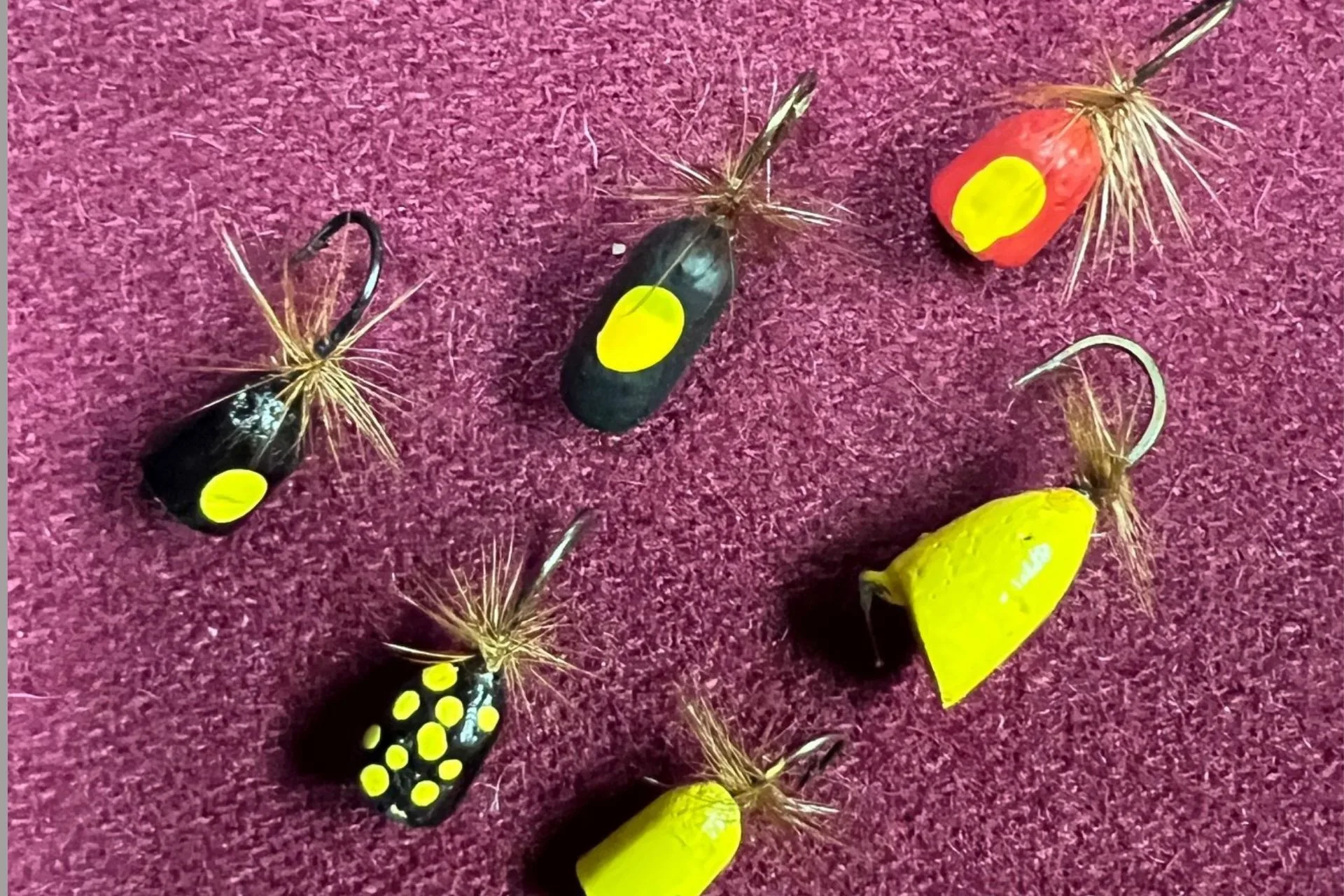Dry fly fishing is fun especially when your dry fly floats. You can add flotant to hair and feathered flies but at some point, the dry fly will become wet, and sink.
What if you never had to add any flotant to your durable fly pattern? Back in the day, I made Poppers for trout fishing. Popping flies are common for warm water fish like bass and bluegills. Why not trout?
My buddy, the Black Prince, and I loved to fish small tributaries for wild trout. These late season streams were often overgrown with fox grapes. Japanese beetles loved feasting on the grape leaves and the trout loved to eat the beetles. Our soft, light beetle flies were not very effective. We needed beetle flies that would plop when they hit the water.
We glued/ epoxied cork popper bodies to a special, hump shanked popper hook, in size 10-16. Next, we coated them in white cork sealant. Now we could dip them into paint and tie a black or brown hackle on the back of the hook. A few yellow/ chartreuse dots on the top helped us to see them easier. We called them Black Japs, after Japanese Beetles, which we originally were trying to match. Not only did these flies float all day long, but they also hit the water firmly, attracting the fish.
We tied our Black Japs in black but also yellow, red, copper, and green. Trout are color blind, but different colors reflect light differently on different days. One surprise I had was when I was fishing a caddis hatch below Lake Roland, along the Jones Falls River, in Maryland. Trout were rising everywhere, and I did not have my caddis fly box along. Instead, I had my terrestrial box, which was full of Black Japs. I hammered the trout! It turns out that the silhouette of the popper and hackle fly is the same as an adult Caddis. I have used my popper flies during many Caddis hatches with great success. Warm water fish and trout love this easy and durable pattern.
I also use a popper style fly as my top floater when dropping a small nymph or subsurface ant pattern. It makes a perfect presentation that also allows fish to hit the popper as well.
If you don’t have a popper fly, here is what you must do between catching fish.
Add/ smear fly flotant to your new fly. I prefer paste/gel flotant like Aquel. If you use a liquid fly flotant, you need to waterproof your flies ahead of time so the liquid dries completely.
Catch a fish. You may need several false casts between strikes to keep the hair/feather fly afloat.
Catch the fish and remove the fly. Hair flies are more fragile and may be damaged and need replaced. A popper fly is sturdy.
Now rinse your fly to remove any fish mucous.
Drop your dry fly into a container of dry fly desiccant powder. Shake off the excess.
False cast until ready to target the next fish and present the fly.
How long does it take you to go through this fly drying process? After catching a fish with a popper fly, I unhook the fish and recast! That’s it! Processing/drying a fly takes at least 3-5 minutes, if you don’t need to re-tie. That’s a lot of downtime.
Other floating flies use balsa wood for MacMurray Ants, sealed feather quills for floating minnows or inch worms, and dense foam for shaped body flies. These work especially well when tying a Hopper Popper!
Many beetle, ant, stonefly, and hopper flies use foam bodies. The problem with flat foam is that the material can turn or rotate on the hook. The fly looks fine but who knows where the point of the hook will end up. If the hook is flat against the foam, you will never hook up.
My biggest complaint about a hair/fur, foam hopper pattern is that they lack ASS, or body mass! A real hopper has weight or mass, not a feathery, light, soft water landing. When a hopper with ass hits the water, it PLOPS! The natural noise attracts vicious strikes.
If you are missing strikes when using a popper fly or any fly, sharpen your hooks! You can also slightly Kant the hook to the side. Use your forceps to bend the hook to the side.
If your cork or wood fly is losing paint due to the sharp teeth of your catch, you can touch up the body with a waterproof Sharpie pen.
In a lifetime of trout fishing, I have only seen my buddies use a Popper style fly. I shared some with other guides and trout shops, but they never caught on. If I had to enter a One Fly Fishing Event, the Black Jap may be the ticket! Especially if the event is during a Caddis hatch, terrestrial time, or fishing in low light conditions. They are easy to see and have been effective everywhere that I have tried them. Tying this fly in larger sizes works well for other fish species.
In a time when fly guys are using mops, rubber bands, yarn, glue balls, and other trash to tie a fly, why not a popper?
Montana Grant




